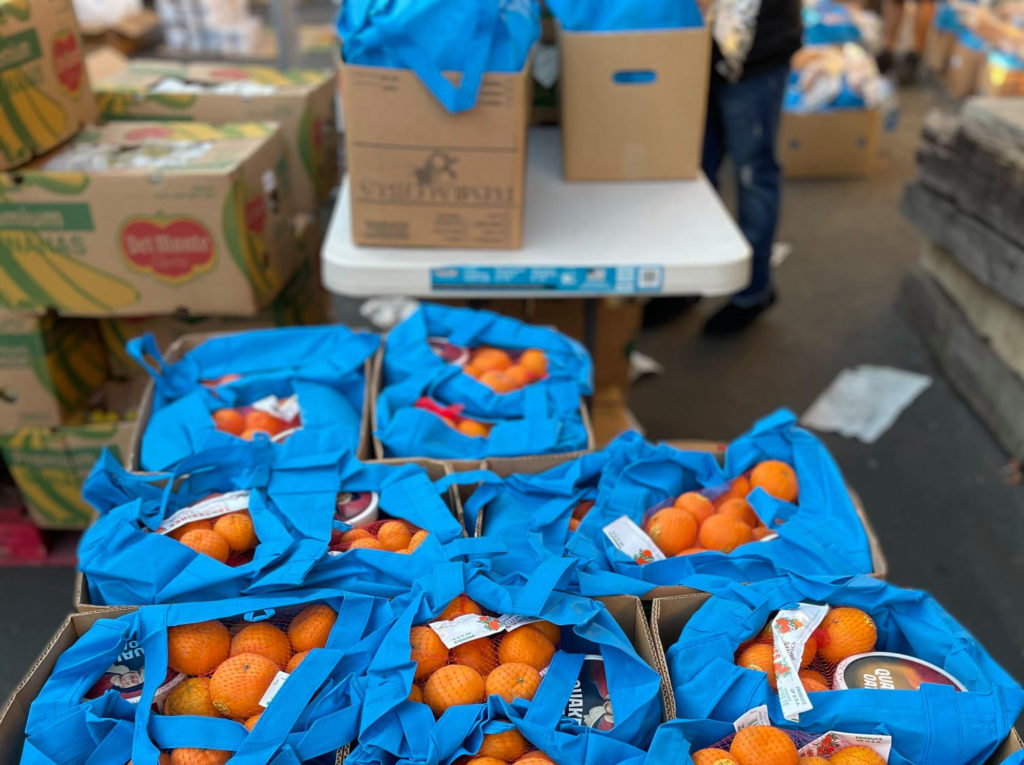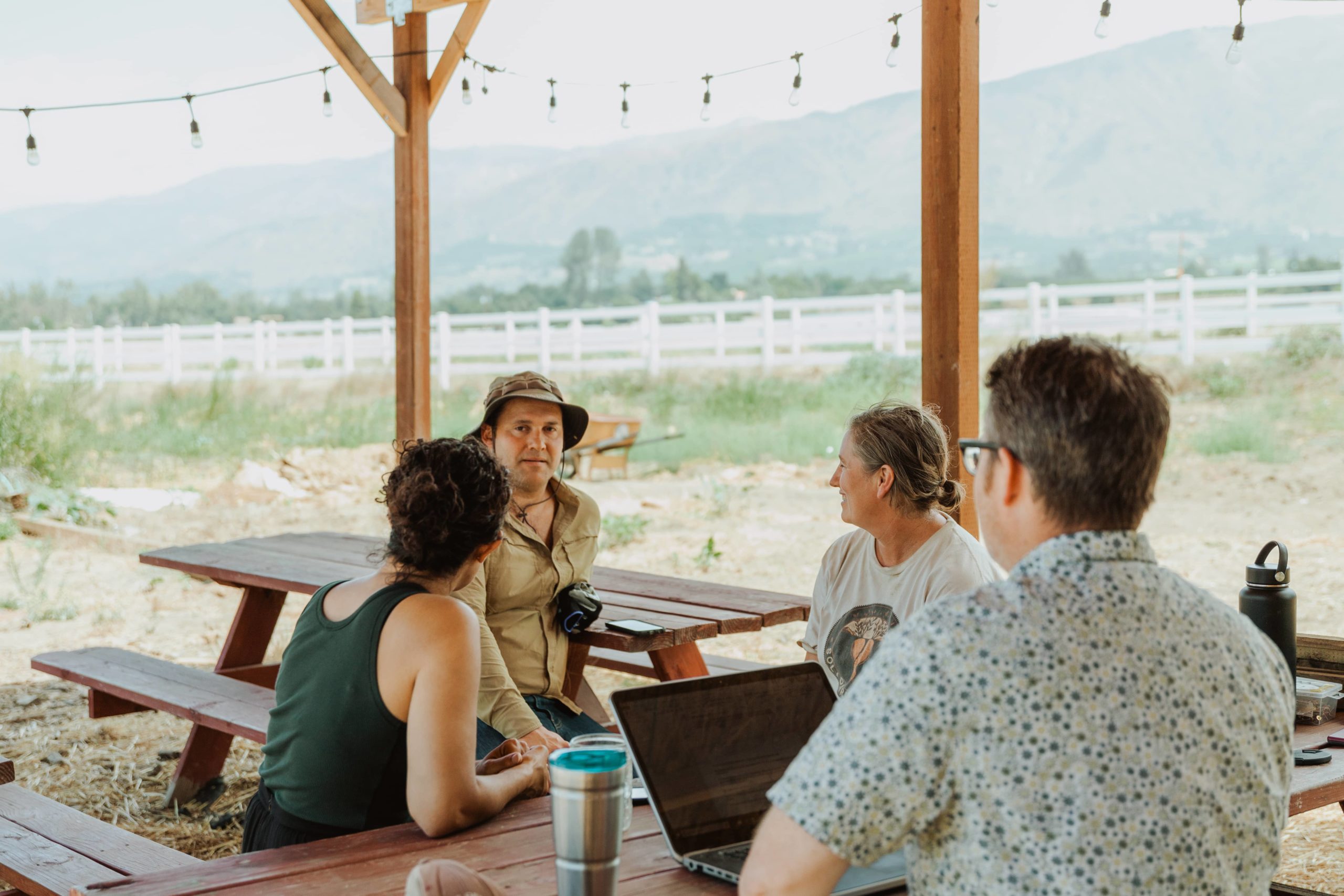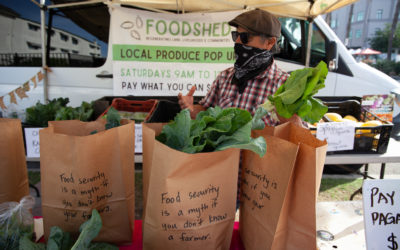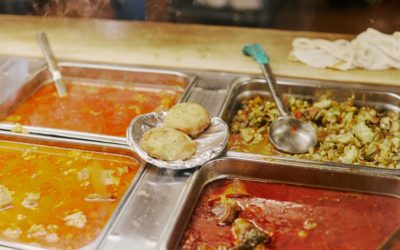Becoming a subscriber to Foodshed’s Fresh 5 program—a weekly distribution of fresh, seasonal produce, grown by the small farmers who make up the Foodshed cooperative—means you’re in for two surprises with every delivery. One is the produce itself: an ever-changing...

CHIP Farm to Institution Center
San Diego County has more small farms than any other County in the United States, but connecting those farms to institutions with different sizes and volumes of needs creates a supply and demand match-making challenge. The Farm to Institution Center (F2I), a program of Community Health Improvement Partners, works to find innovative ways to connect farmers and institutional buyers. “We believe that the food cooked, prepared, and served by institutions can serve as one of the many pathways local and nutritious food can reach our communities,” said Dane Petersen, Program Coordinator for the F2I. “The F2I Center expands healthy food access by supporting and encouraging business partnerships, but more importantly relationships between local farmers and institutions.”
Lynley Connor, Chief Operating Officer of Top Notch Catering experienced unprecedented growth over the last year, but she remained committed to sourcing locally. “It’s worth the little extra work to source locally because you’re building that economy within the County,” she said. But finding the right supplier was still a challenge. F2I organized The Good Food Showcase as an opportunity for buyers and farmers to connect and there Lynley met Jose Alcaraz of Pixca Farm, who now supplies her cucumbers, and Nick Stridsberg of San Gabriel Ranch, who supplies oranges and mandarins. “I’ve had preschools tell me that they taste fresher ingredients when they’ve had meals where we’ve incorporated Jose’s cucumbers,” Lynley said.
For the farmers, the steady business has been a major growth opportunity and deeply rewarding. “Having our produce in the school system is both helping us evolve and is very motivational,” Jose said.
“It’s a huge blessing,” said Nick. “Our old business was selling to the packing houses. Now, when I drop off an order at Epiphany Charter, I’m able to see the faces of people who are excited to pick up the food. It’s amazing.”
Making connections between local buyers and local farms isn’t always easy, even when both parties want to do business. “Fallbrook Union High School District was a strong lead for a long time,” said Dane Petersen, the Program Coordinator for the Farm to Institution Center. “We took the Food Service Director out to farms, but we would often run into dead ends and that connection was never made. They were looking for local avocados, but there was a drastic difference in the district budgets versus what farmers needed to make a profit. Then, the district reached out one day looking for persimmons. We contacted a grower in Rainbow who had worked with a district of similar size. They ended up placing two orders of 1,700 persimmons for inclusion in school meal bags.”
“The product is still the most important to the buyer,” said Dane. “When they look at a tomato, and they know who grew that produce, there’s a more meaningful relationship. They all know that a local product is going to be superior to what they get from their current supplier. There’s a quality difference between buying from a large distributor and local supplier,” said Dane. “Plus, there’s always a story.”
The pandemic made the F2I mission more challenging, as buying power shifted at institutions like schools and hospitals, where fewer students or visitors were dining. It’s also made the work more vital than ever. “In my life I’ve never felt like what I’m doing is so meaningful,” said Nora Stewart, the former Program Manager of the F2I. “When you have these networks in place during a crisis you notice that groups are reaching out to each other and we’ve created a system of support. It’s through this network that we can get information and help people feel supported. The lack of a network for farmers is so challenging. We have farmers doing well and farmers really struggling. We need the farms to work before the farm to institution stuff works. Now we have a lot more farmers in need, but we also have more people willing to offer support. COVID has really shed a light on that.”
“Our goal is to move the needle on institutionalizing buying local. I’d love to see more of the beautiful produce grown in San Diego County sold and consumed within San Diego County,” said Dane. “In 10 years, I’d hope that farmers could see institutions as a viable option to sell their products to, without taking a major hit in their profits. Every student, every patient deserves the right to eat something local, to have the nutrients, the fresher product. It’s a no brainer. Even a five-year-old knows the difference between an orange in a grocery store and an orange from a farm in Fallbrook. But the price, the economy, is the crux. We have to make sure buying local makes sense.”





